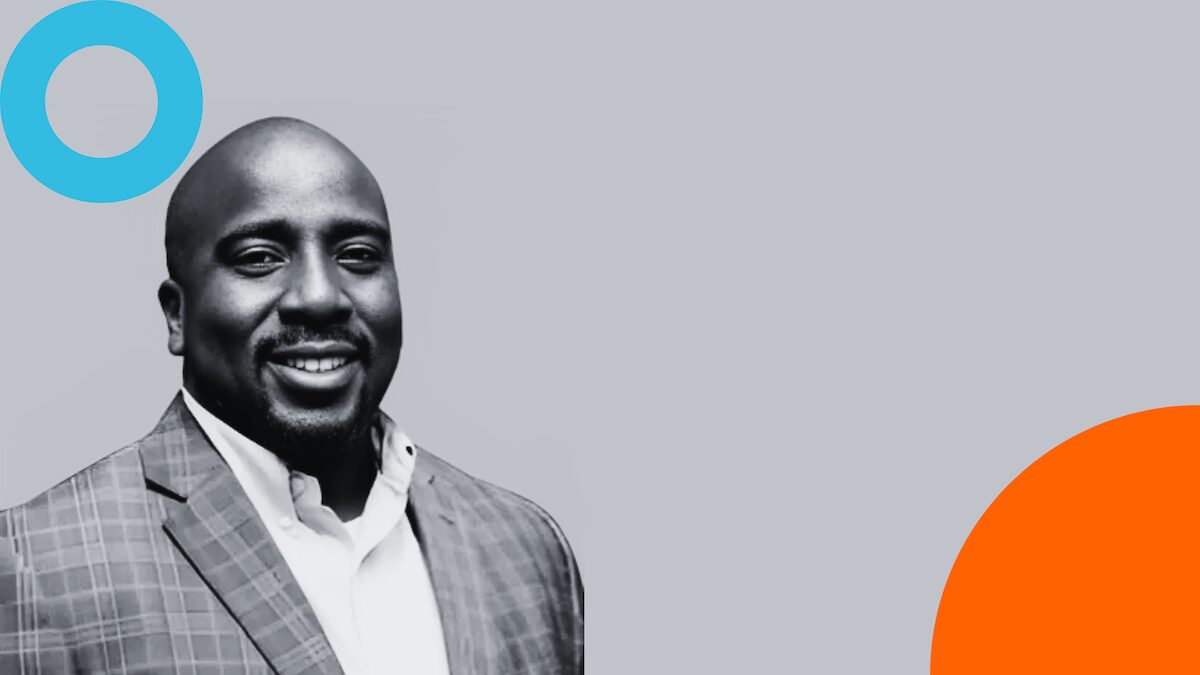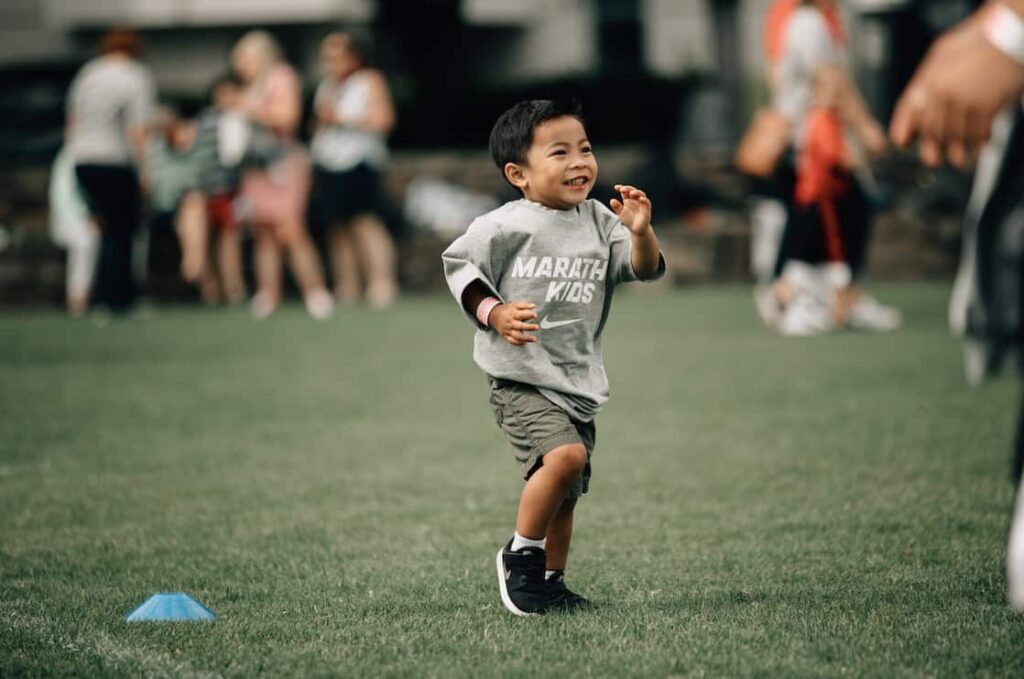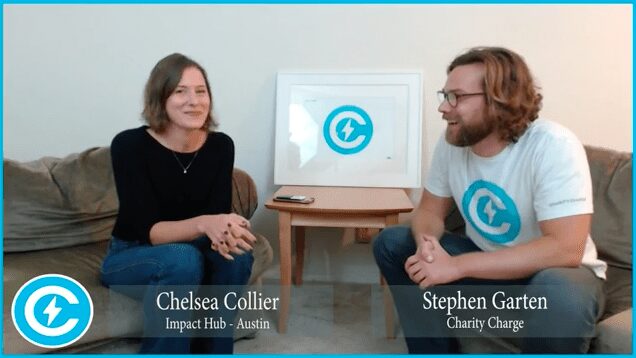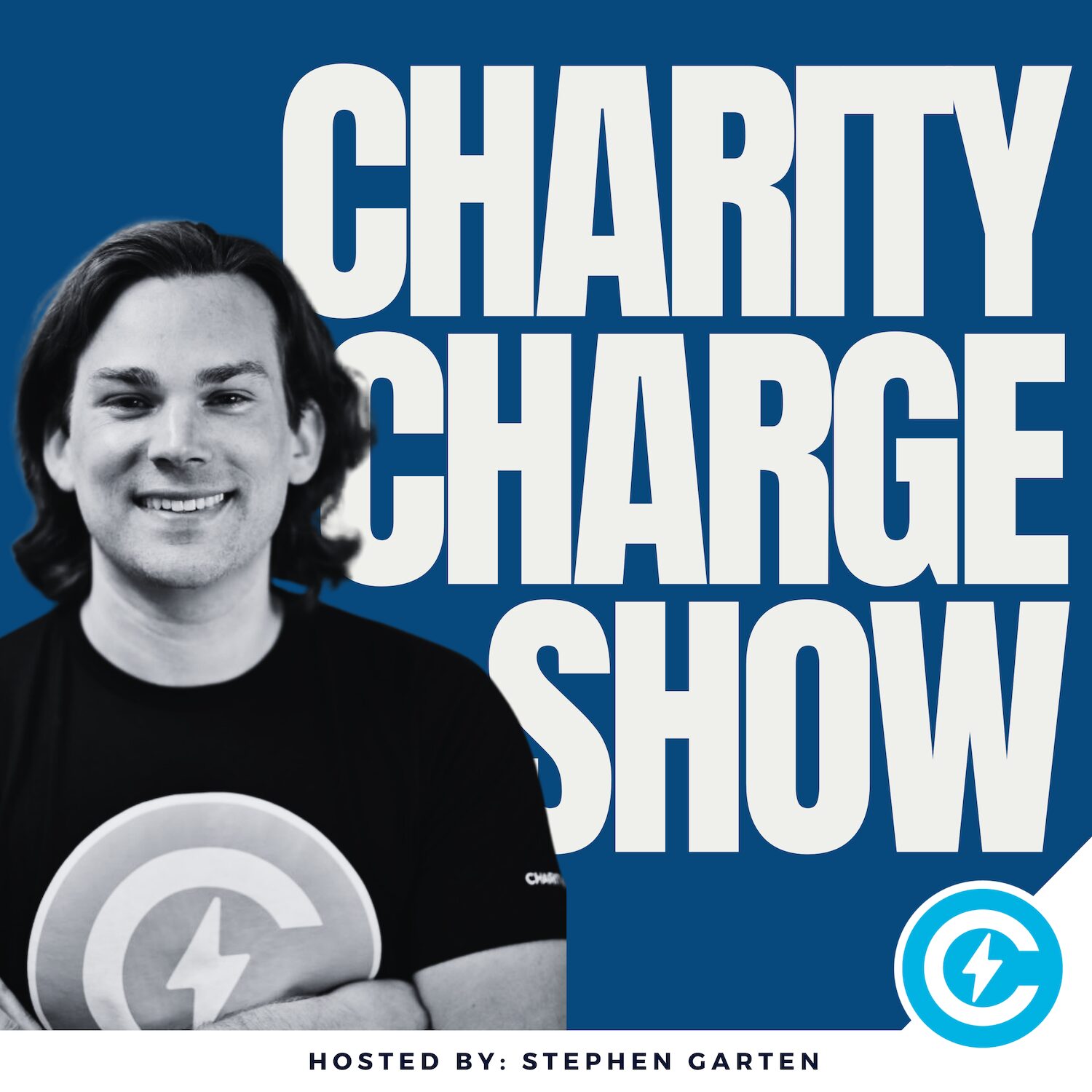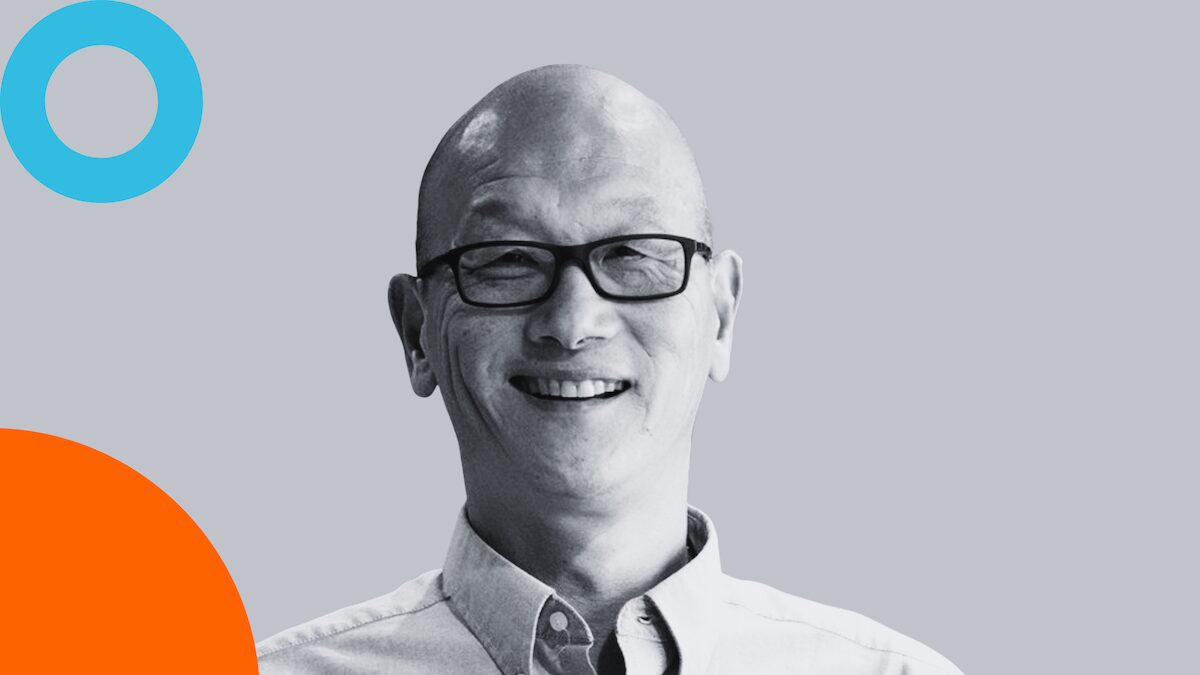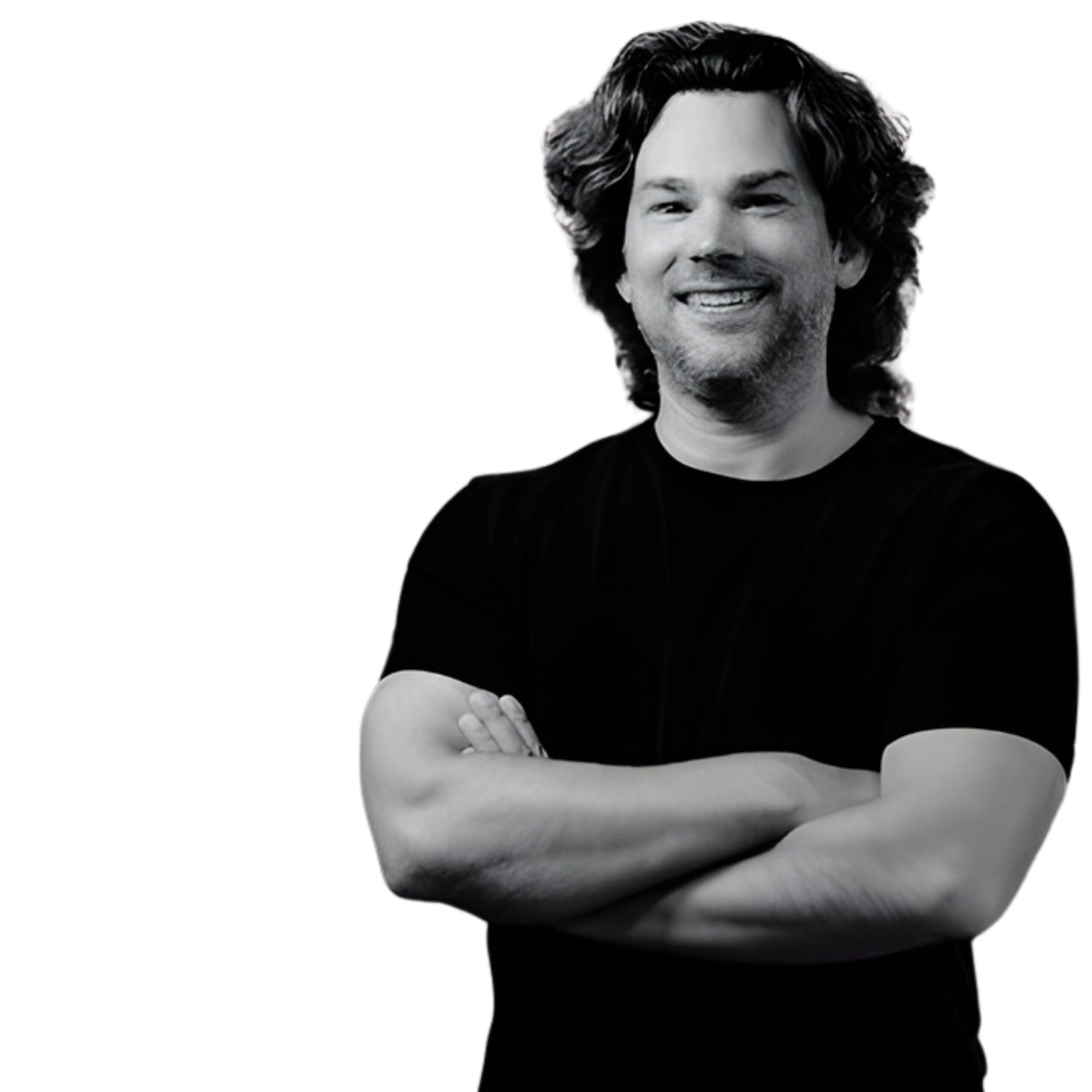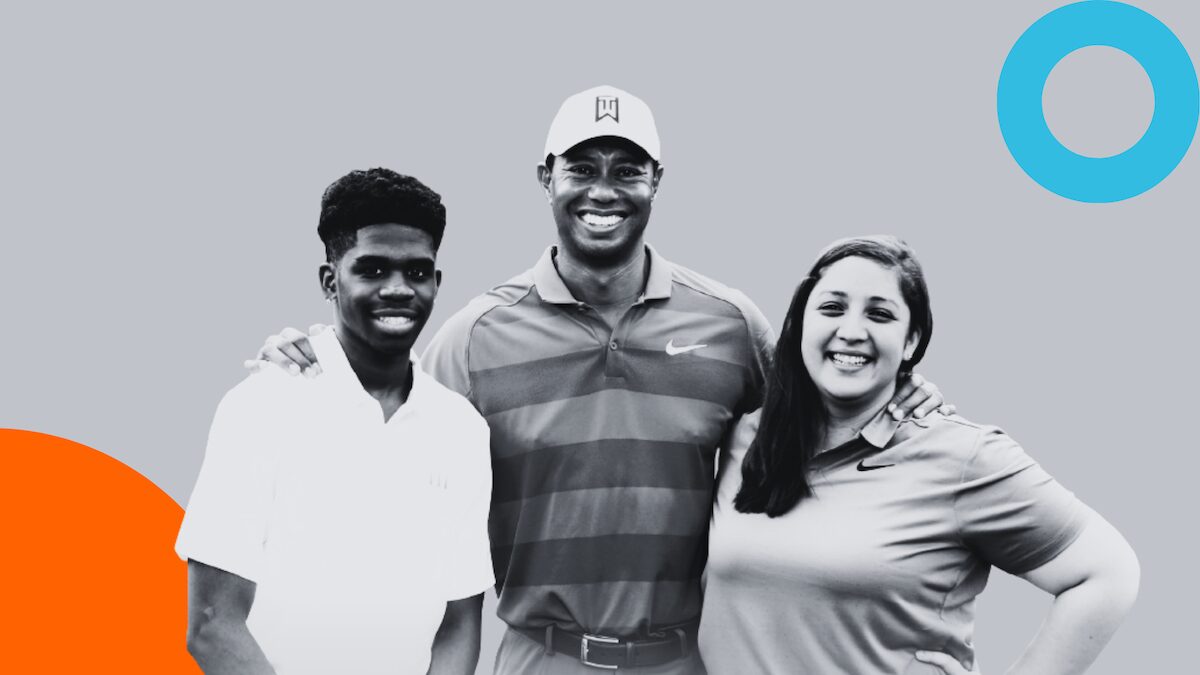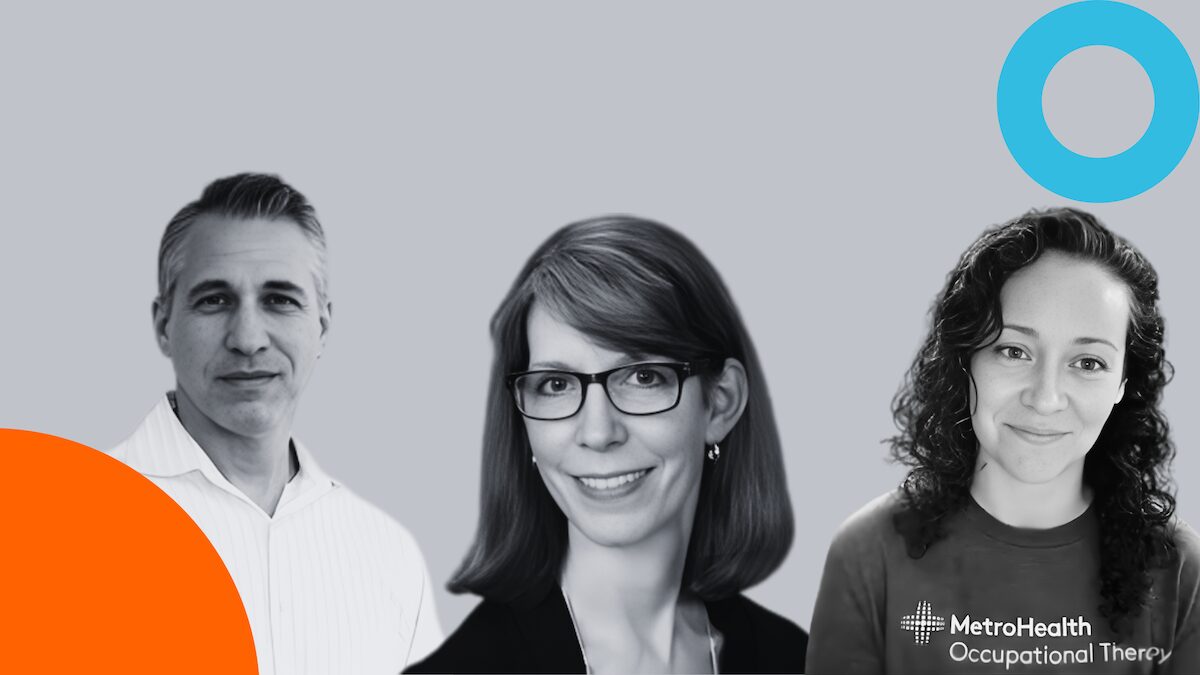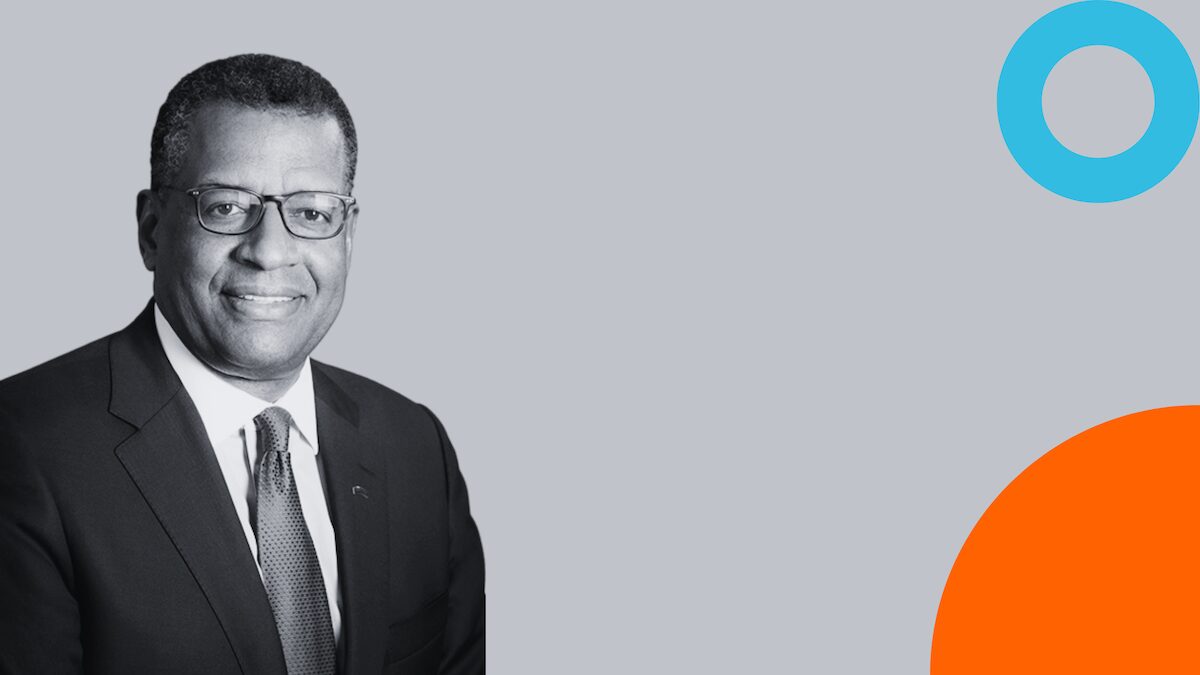In this episode of the Charity Charge Show, we talk with Shane Scott, Regional Director of Development at Kids Alive International, about what it takes to support children who have experienced abuse, neglect, and abandonment.
Shane shares how Kids Alive delivers holistic, identity-based, trauma-informed care across multiple countries, why donor relationships must be partnerships, and how nonprofit leaders can sharpen their niche by listening first.
Who is Kids Alive International
Kids Alive International is a 501(c)(3) Christian nonprofit serving children affected by sexual abuse, neglect, and abandonment. Its model centers on a multidisciplinary care team that surrounds each child and family with coordinated support:
- Social workers address family dynamics and safety.
- Licensed therapists provide mental health care.
- Attorneys pursue justice and accountability when needed.
The aim is not a single intervention but a pathway to safety, healing, and independence within families and communities free from fear and violence.
The Four Global Goals
Shane outlined Kids Alive’s guiding outcomes for every child in care:
- A dynamic, life-changing relationship with God.
- Mental and physical well-being.
- Independence and a posture of service.
- Safe families and communities free from violence.
These goals show up in daily programming and long-term planning, from classrooms and clinics to courtrooms and caregiver coaching.
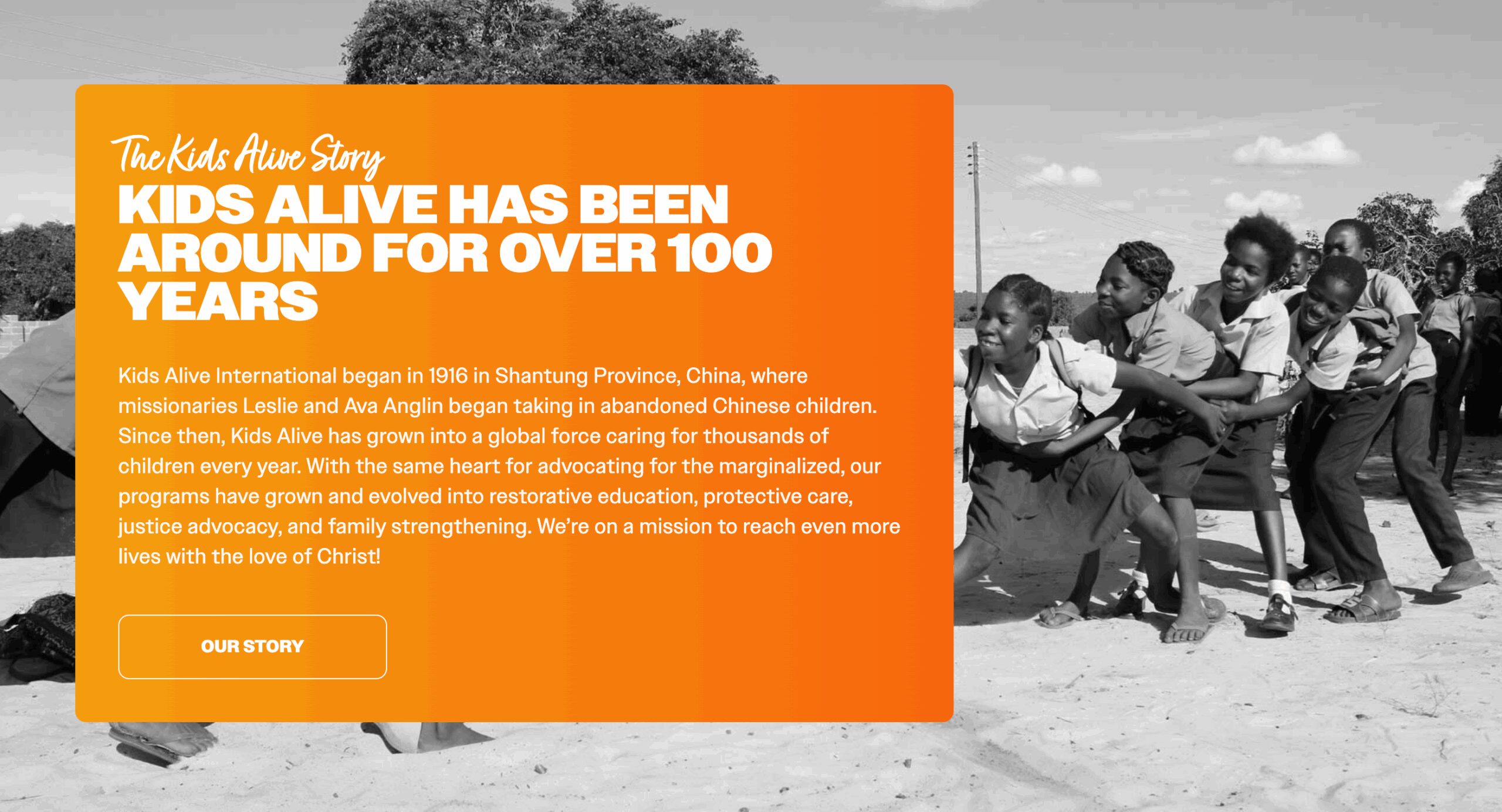
What “Identity-Based, Trauma-Informed” Really Means
Trauma can distort a child’s sense of self. Kids Alive works to separate what happened from who they are. Staff lead youth through “life declarations” that reclaim identity and voice:
- You are a masterpiece, created with purpose.
- You are clean. What happened does not define you.
- You are chosen and powerful. Your voice matters.
This identity work runs alongside education, health, spiritual formation, and legal advocacy. It is whole-person care, not a menu of isolated services.
Program Pillars That Carry the Model
- Restorative Education: Free, accessible schooling where it is often out of reach. Classrooms provide learning, meals, and a safe daily environment.
- Family Strengthening: Coaching caregivers to recognize stressors, prevent harm, and build healthy routines at home.
- Justice Advocacy: Legal support that centers the child and pursues accountability for offenders.
- Protective Care: Small, family-style homes when safety requires a move out of the immediate environment.
A Better Path to Justice: Forensic Testimony Rooms
To prevent retraumatization, Kids Alive helped establish forensic testimony rooms with governments in Peru and Guatemala, with work underway in Zambia. Children give their testimony one time in a protected setting with their social worker, therapist, and attorney present. The recording is admissible in court. This reduces repeated questioning, avoids encounters with offenders, and leads to more consistent, child-centered justice.
Donor Partnerships, Not Transactions
Shane’s development approach is relationship-driven. He invites supporters to contribute their time, influence, expertise, and resources. Example: engaging an award-winning architect to design scalable campus master plans in Kenya and Zambia. When donors co-create solutions, they stay engaged for decades and bring others along.
“If you want a partner, not an ATM, invite people into the work early. Ask for their wisdom before you ask for their check.”
Governance That Supports the Mission
From his time on Kids Alive’s international board, Shane urges board members to:
- Go see the work. Site visits change how you read reports and budgets.
- Avoid silos. Form committees that connect directly with senior leaders, not only the CEO.
- Share responsibility for fundraising and storytelling.
These practices protect the organization and its leadership while improving transparency and strategy.
Where New Capital Will Go
Kids Alive is expanding and refining its model at once. Current priorities include:
- Building out restorative education through schools and Hope Centers that serve students, teachers, and families.
- Strengthening upstream prevention so abuse never occurs.
- Scaling sites thoughtfully with master plans and infrastructure that support growth.
- Pursuing multi-year major gifts that unlock step-change progress, not just incremental growth.
Advice For Nonprofit Leaders: Find Your Niche by Listening
Shane’s core leadership mantra comes from Habit 5 of Covey: seek first to understand. Before launching programs:
- Sit with local leaders and “people of peace.”
- Map what has been tried, what worked, and what failed.
- Co-design responses with community voices and aligned experts.
- Invite donors into the planning stage.
- Transfer ownership to the community so solutions stick.
This posture creates relevance, buy-in, and sustainability.
Q&A Transcript
Q: For readers new to Kids Alive International, what do you do and who do you serve?
A: Kids Alive International is a 501(c)(3) Christian nonprofit serving children impacted by sexual abuse, neglect, and abandonment. We surround each child—and their family—with a coordinated, multidisciplinary team: a social worker to address family dynamics and safety, a licensed therapist for mental health care, and, when needed, attorneys to pursue justice against offenders. Our work is guided by four global goals: a life-changing relationship with God, mental and physical well-being, independence and service, and families and communities free from fear and violence.
Q: You describe the model as “identity-based, trauma-informed.” What does that look like day to day?
A: Trauma can steal a child’s sense of self. We help children separate what happened to them from who they are.
Through “life declarations,” we remind each child they are created with purpose, clean and not defined by abuse, chosen, and powerful. We pair that identity work with practical supports across education, health, spiritual care, family strengthening, justice advocacy, and protective care. It’s whole-person care—coordinated, not fragmented.
Q: How do your program pillars translate that philosophy into action?
A: Four program areas carry the model:
- Restorative education: free, accessible schooling that provides learning, meals, and a safe daily environment.
- Family strengthening: caregiver coaching to identify triggers and prevent harm.
- Justice advocacy: legal support that centers the child and pursues accountability.
- Protective care: small, family-style homes when safety requires a move out of the immediate environment.
Q: You mentioned forensic testimony rooms. Why are they important?
A: In partnership with governments in Peru and Guatemala (and developing in Zambia), we established child-friendly forensic testimony rooms. A child gives their testimony once, supported by their social worker, therapist, and attorney. It’s recorded and admissible in court. This prevents repeated testimony, avoids face-to-face encounters with offenders, and reduces retraumatization—especially when the offender is a relative. We then celebrate that moment as the child using their voice and reclaiming identity.
Q: How has your personal path shaped how you lead and fundraise?
A: I started in nonprofit work over 30 years ago, then taught on Chicago’s West Side, served overseas (including Jerusalem), and later engaged with Kids Alive as a trainer, board member, and now Regional Director of Development. Seeing programs up close changed how I read budgets and tell stories. It also informs how I invite donors to partner: not as ATMs, but as co-creators who bring time, influence, expertise, and resources.
Q: What practical advice do you have for nonprofit boards?
A: Go see the work. Site visits transform understanding and decision-making. Break down silos by forming board committees that connect directly with senior leaders—not only the CEO. Share responsibility for fundraising and awareness. Open, multi-channel communication protects leaders and strengthens governance.
Q: How do you approach major gifts and long-term donor relationships?
A: Start by inviting expertise, not just dollars. For example, we engaged an award-winning architect to create scalable master plans for sites in Kenya and Zambia—footings, phasing, three-story readiness, the works. When donors help shape solutions, they stay through challenges, bring peers, and often level up to multi-year gifts that unlock step-change growth. That’s how you cultivate partners, not one-off transactions. Many supporters have been with Kids Alive for decades—some since the 1960s—because of sustained impact and relationship.
Q: Where is new capital making the biggest difference right now?
A: Education is a major lever. We recently closed a $500,000 match early to advance our education initiatives—safe schools with meals, health services where available, and more “eyes” on children daily. We’re also expanding Hope Centers (afterschool supports that reach students, teachers, and families) and pushing upstream on prevention so harm never occurs. Growth and refinement happen together: we’re scaling what we know well—identity-based, trauma-informed care—with clarity and discipline.
Q: Kids Alive serves across diverse contexts and faith backgrounds. How does that shape delivery?
A: We’re overtly Christian and lead with love and excellence. We do not discriminate in services. In Lebanon, for instance, most people we serve are Syrian refugees, many of whom are Muslim. Trauma doesn’t check a religious box; our job is to meet people where they are and bring best-in-class care.
Q: What’s one leadership principle you want nonprofit executives to take away?
A: “Seek first to understand.” Before proposing solutions, sit with local leaders and people of peace: What’s happening? What’s been tried? What would be welcomed now? Co-design with the community and bring aligned experts into the planning. Then invite donors into that early ideation. This builds relevance, ownership, and sustainability—and saves you from costly, culturally mismatched programs.
Q: How does that principle play out when building programs and raising funds?
A: Assess the true need, map what exists, identify gaps, and only then convene experts and supporters to co-shape a response. You’re not chasing money for a pre-built idea; you’re connecting real needs with appropriate resources. That posture honors local leadership, improves adoption, and strengthens long-term impact.
Q: Any closing thought for practitioners doing this hard work?
A: Steward your time, influence, money, and energy toward solutions that center dignity and healing. Help children reclaim identity and voice, and build systems—families, schools, justice processes—that keep them safe. If we listen first and partner well, the outcomes can be transformative.

